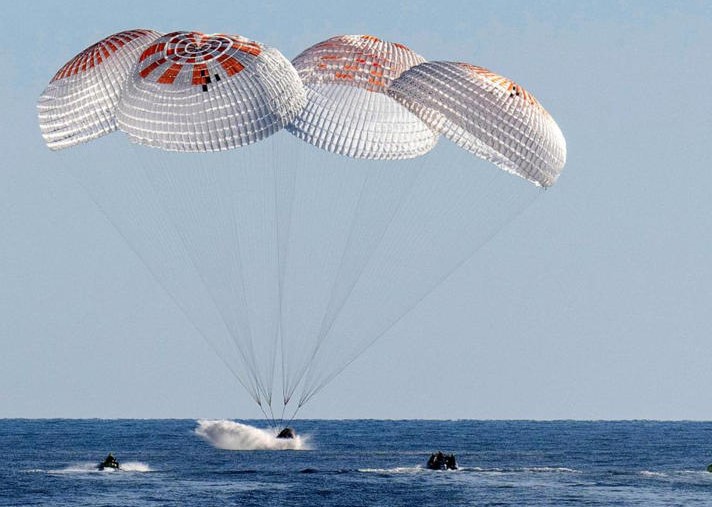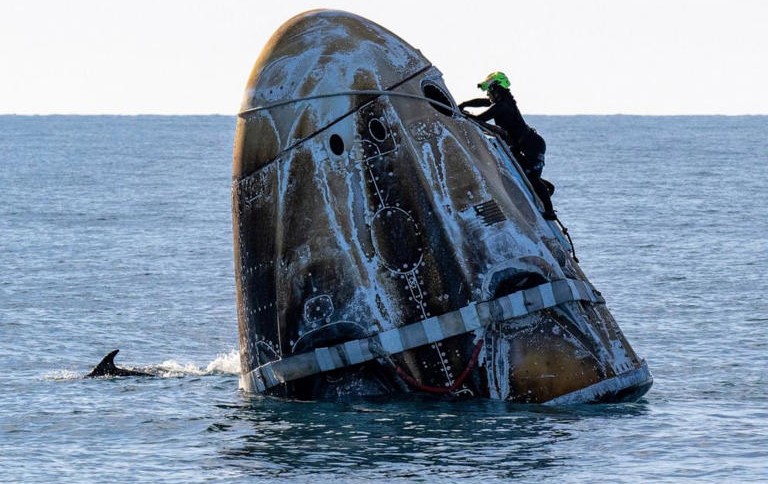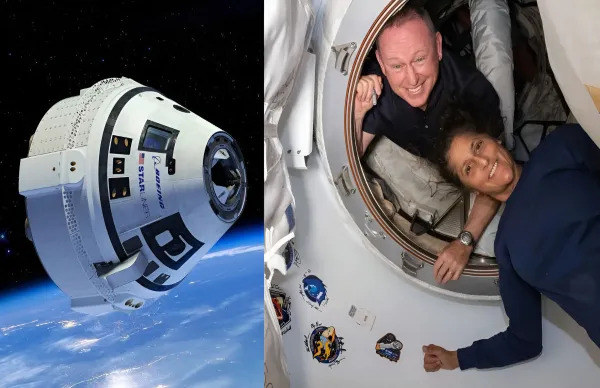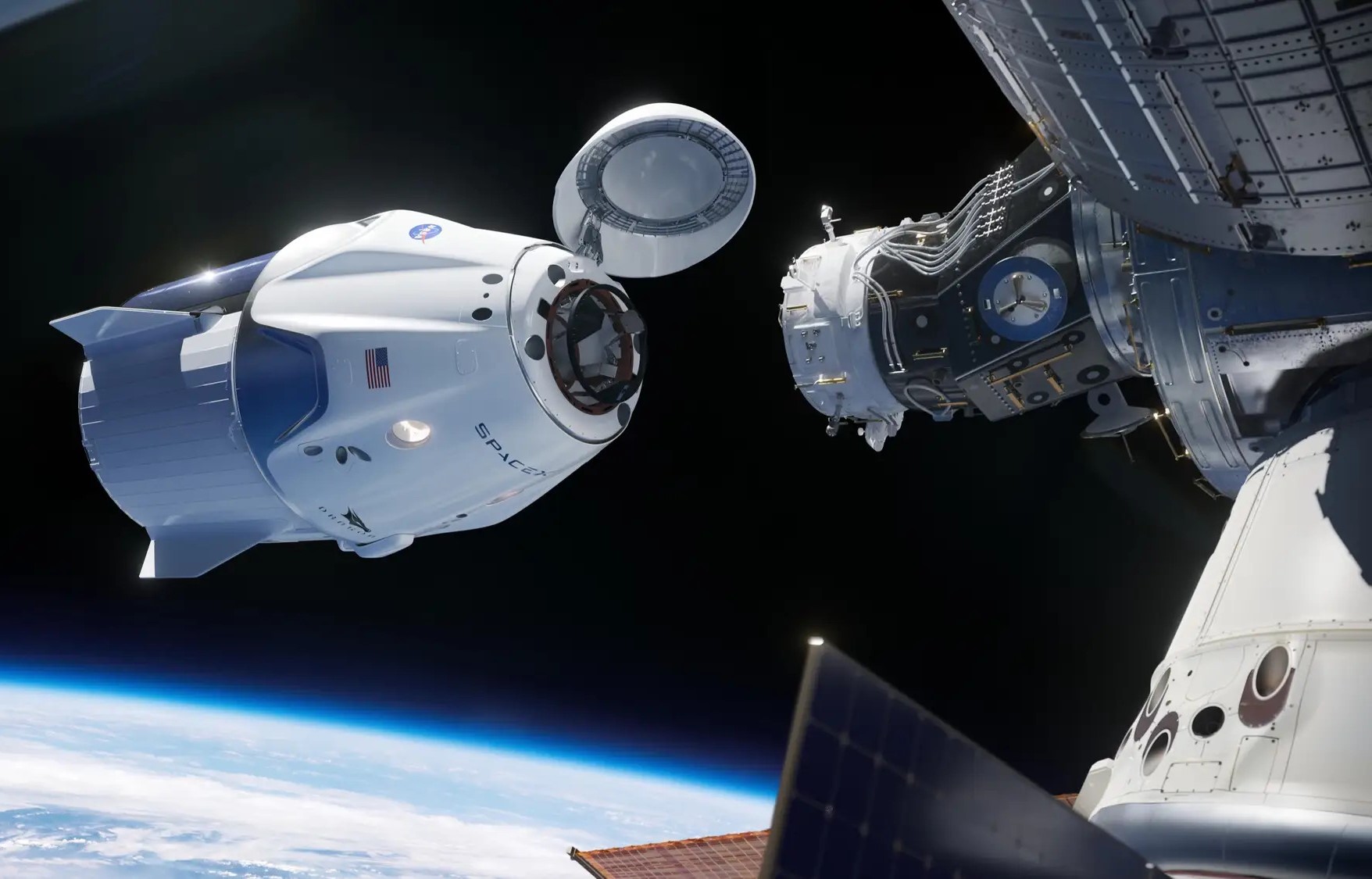Sunita Williams and Butch Wilmore: A Triumphant Return to Earth After Nine Months Aboard the ISS

On March 18, 2025, NASA astronauts Sunita "Suni" Williams and Barry "Butch" Wilmore made their long-awaited return to Earth, splashing down in a SpaceX Crew Dragon spacecraft off the coast of Tallahassee, Florida, at 5:57 PM ET (2157 UTC). Their return marked the end of an extraordinary nine-month stay aboard the International Space Station (ISS), a mission that was originally planned to last just eight days. Accompanied by fellow NASA astronaut Nick Hague and Roscosmos cosmonaut Aleksandr Gorbunov, the duo’s homecoming concluded NASA’s Crew-9 mission, a testament to human resilience, international collaboration, and the evolving landscape of space exploration.

The Unexpected Journey Begins
Williams and Wilmore launched into space on June 5, 2024, aboard Boeing’s Starliner spacecraft, a vehicle making its first crewed test flight. The mission was intended as a short trip to the ISS, where the astronauts would evaluate the Starliner’s performance and return within a week. However, technical difficulties with the spacecraft soon emerged, including thruster malfunctions and helium leaks, which raised concerns about its ability to safely bring the astronauts back to Earth. After extensive analysis, NASA made the difficult decision in August 2024 to extend their stay on the ISS, opting to return the Starliner to Earth uncrewed in September while Williams and Wilmore remained in orbit.
This unexpected extension transformed their brief mission into a marathon, with the astronauts joining the Expedition 71/72 crew aboard the ISS. Williams, a veteran astronaut with prior long-duration missions under her belt, took on the role of ISS commander for three months during Expedition 72, while Wilmore, a former Navy test pilot, contributed his expertise to station operations. Together, they conducted scientific experiments, performed maintenance tasks, and adapted to life in microgravity for far longer than anticipated.
Life Aboard the ISS: Challenges and Contributions
The ISS, orbiting 254 miles above Earth, has been a hub of scientific discovery and international cooperation for nearly 25 years. For Williams and Wilmore, their extended stay offered both opportunities and challenges. They conducted a wide range of experiments, including studies on human physiology in space, fluid dynamics, and material science, contributing valuable data to NASA’s ongoing research efforts. Williams even completed a spacewalk with Wilmore to remove a faulty radio frequency antenna and collect samples from the station’s exterior for microbial analysis.

Their diet, a mix of precooked meals and freeze-dried options like pizza, roast chicken, and shrimp cocktails, sustained them through the months. Fresh produce, delivered every three months, ran out quickly, leaving them reliant on packaged foods developed at NASA’s Space Food Systems Laboratory in Houston. Despite the monotony, both astronauts maintained their physical health through rigorous exercise routines on the ISS’s treadmills, bikes, and resistance machines—crucial for counteracting muscle loss and bone degradation in microgravity.
The psychological toll of their prolonged isolation was another hurdle. Williams, 59, stayed connected with her family via internet calls, while Wilmore, 62, missed much of his younger daughter’s senior year of high school. Their resilience, honed by years of training and prior spaceflight experience, helped them cope with the uncertainty of their return timeline and the confined environment of the station.
The Road to Return
The turning point came with the arrival of the SpaceX Crew-10 mission on March 16, 2025, which docked with the ISS to facilitate a crew rotation. This allowed Williams, Wilmore, Hague, and Gorbunov—collectively the Crew-9 team—to prepare for their departure. The handover period saw the station’s population swell to 11 before the Crew-9 quartet boarded their SpaceX Dragon spacecraft, named Freedom, for the journey home.
Their departure from the ISS began on March 17, with hatch closure preparations broadcast live by NASA starting at 10:45 PM ET. After final farewells and hugs with the remaining crew, the Dragon undocked from the station’s Harmony module, embarking on a 17-hour journey back to Earth. The spacecraft executed a deorbit burn at 4:41 PM ET on March 18, firing its engines to descend through Earth’s atmosphere. Parachutes deployed flawlessly, guiding the capsule to a gentle splashdown in the Gulf of Mexico, where recovery teams aboard the SpaceX ship Megan swiftly retrieved the crew.

A Hero’s Welcome and Rehabilitation Ahead
As the hatch of the Dragon opened, Williams and Wilmore emerged smiling, greeted by recovery personnel and a surprise dolphin show in the waters nearby—a fittingly whimsical welcome after their arduous journey. They were quickly flown by helicopter to Houston, where they began a 45-day rehabilitation program at NASA’s Johnson Space Center. This program, designed to help astronauts readjust to Earth’s gravity, includes physical therapy to rebuild muscle strength, balance training to address vestibular changes, and medical monitoring for issues like fluid shifts and vision impairment caused by prolonged microgravity exposure.
Their return sparked global celebration. Indian Prime Minister Narendra Modi hailed Williams as a "trailblazer and icon," while ISRO chief V. Narayanan praised her resilience and expressed hope that India could leverage her expertise for future missions. In the U.S., former President Donald Trump announced plans to host the astronauts at the White House once they regained their strength, reflecting the mission’s high profile amid political debates over space policy.
Implications for Space Exploration
The saga of Williams and Wilmore underscores both the triumphs and challenges of modern spaceflight. Boeing’s Starliner woes highlighted the complexities of developing new crewed spacecraft, contrasting with SpaceX’s proven reliability—having now completed multiple successful astronaut returns from the ISS. NASA’s decision to prioritize safety over schedule, extending the astronauts’ stay rather than risking an uncrewed Starliner return, reaffirmed its commitment to crew well-being, even as it drew scrutiny and speculation about political influences under the prior administration.

For Williams, this mission adds to her storied career. With three spaceflights and over 300 days in orbit across her expeditions, she remains a pioneering figure, particularly for women and Indian-Americans in STEM. Wilmore, too, bolsters his legacy as a steady hand in crisis, having navigated this unforeseen extension with professionalism and grace.

Their 286-day odyssey, while falling short of endurance records like Frank Rubio’s 371 days or Valeri Polyakov’s 437 days, showcased the adaptability of astronauts and the robustness of the ISS as a platform for long-term habitation. It also served as a reminder of the unpredictable nature of space exploration, where technical setbacks can transform routine missions into historic feats of endurance.
Looking Forward
As Williams and Wilmore recover, their experience will inform future missions, from refining spacecraft design to enhancing astronaut support systems. NASA and SpaceX continue to push the boundaries of human spaceflight, with plans for lunar and Martian exploration on the horizon. Meanwhile, the international partnership exemplified by the ISS—evident in the Russian cosmonaut Gorbunov’s presence on this American-led mission—remains a cornerstone of humanity’s extraterrestrial ambitions.
For now, the world celebrates the safe return of two astronauts who turned an eight-day test flight into a nine-month testament to human ingenuity and perseverance. Sunita Williams and Butch Wilmore are back on Earth, their legacy forever etched in the annals of space exploration.
